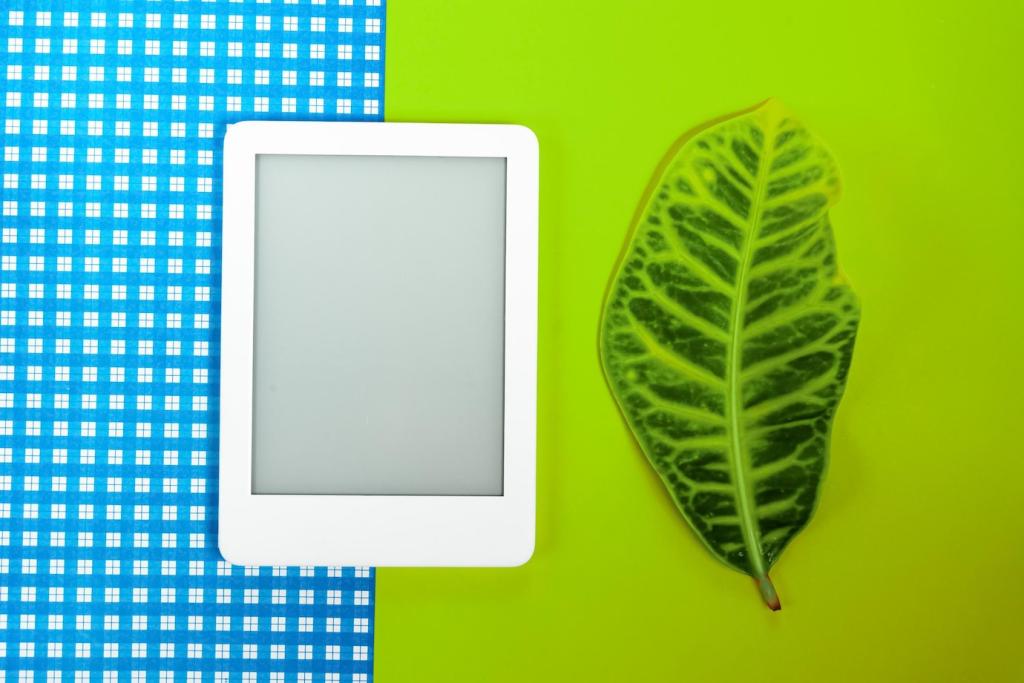Welcome to a world where sustainability meets style—creative upcycling for home decor is a movement transforming how we see everyday items. By breathing new life into objects that might otherwise end up as waste, you can craft unique, personal touches for your living space. This guide explores inventive concepts to inspire your next home project, turning the ordinary into extraordinary statements of design and eco-conscious living.
Reviving Old Furniture with Fresh Flair
A fresh coat of paint can work wonders on an old dresser or chair, but stenciling elevates this transformation further. By applying patterns and designs using stencils, you can create bespoke pieces that reflect your unique taste. Play with bold colors for a modern statement, or opt for gentle hues and geometric shapes for subtle sophistication. Don’t be limited by traditional patterns—try custom stencils for a monogram or motif that holds personal significance. Stencils also help conceal imperfections in the woodwork, ensuring your revitalized furniture piece is both beautiful and practical. Upcycling furniture through painting and stenciling not only saves resources but lets you continuously evolve your style without buying new.
Decoupage is the art of decorating surfaces with cut-out paper images, glued and sealed under layers of varnish. This technique opens endless possibilities for upcycling: a coffee table adorned with vintage maps, a nightstand reinvented with pieces of old sheet music, or a cabinet brightened by floral magazine clippings. Decoupage is forgiving to beginners and allows for endless creativity; layer your images for depth, blend coordinate colors, or add handwritten touches for a personalized finish. Sealed properly, these surfaces withstand daily use while giving your home a conversation-starting piece that’s both functional and visually engaging.
Changing the hardware on existing furniture—such as replacing dated knobs and pulls with upcycled alternatives—instantly modernizes your pieces. Think creatively, using leather strips, painted stones, vintage coins, or old silverware reshaped into handles. These details infuse character, set your furniture apart, and demonstrate your commitment to both sustainability and originality. Hardware swaps are often reversible, making this a no-risk way to experiment with the look and feel of your decor. The process encourages mindful consumption, as you transform what you have before seeking something new.

Transforming Everyday Containers
Glass Jar Lanterns and Vases
Empty glass jars, whether sourced from food packaging or leftover candles, can be repurposed into elegant lanterns or vases. Start by cleaning the jars thoroughly, then consider accenting them with twine, lace, paint, or glass etching for a customized look. When used with candles, the glass creates a warm, inviting glow; scatter them across a mantle or dining table for instant mood lighting. Repurposed jars as vases grant you flexibility for flowers or greenery, while matching a rustic, industrial, or even minimalist decor style. This project lets you experiment with different shapes and sizes, ensuring every arrangement feels special and sustainable.
Tin Can Organizers
Tin cans are versatile materials for upcycling, perfect for transforming into stylish desk organizers, utensil holders, or planters. After removing labels and smoothing any jagged edges, dress up the cans with paint, contact paper, or fabric wraps to fit your specific decor. These containers move easily from the kitchen to the office to the bathroom, offering clever storage while showcasing your creative flair. Grouping cans together or mounting them on a board forms a dynamic organization center, keeping tools, brushes, or pens accessible and tidy. Not only does this reduce clutter, but it also brings structure and personality to everyday tasks.
Basket Weaving with Unlikely Materials
Old newspapers, plastic bags, and fabric scraps become stunning woven baskets with a bit of creativity and patience. Begin by forming strips from your chosen material, then weave and bind them into baskets of various shapes and sizes. The end result is both sturdy and aesthetically pleasing, capable of holding anything from magazines to potted plants. Weaving techniques can be learned quickly, and the satisfaction comes from seeing waste transformed into durable storage solutions. Displaying these baskets throughout your home instantly injects warmth and character, all while reducing your environmental footprint.
Framed Textile Remnants
Unused fabric scraps from sewing or old garments find new life when framed as textured wall art. Play with layering different textiles—linen, velvet, denim—to introduce depth and tactility. Stitch or glue pieces into geometric patterns, patchwork collages, or abstract forms that reflect your style. Mounted inside simple frames or embroidery hoops, these artworks add warmth and visual intrigue to both modern and eclectic interiors. Selecting textiles with sentimental value—such as a piece of a favorite shirt—can make your display particularly meaningful and unique to your family’s story.
Repurposed Wood Panel Displays
Old wooden pallets, flooring, or even cabinet doors can be cut, sanded, and repainted to construct compelling art panels for your walls. Whether left rustic for a farmhouse vibe or painted with bright, contemporary colors, reclaimed wood has a character and history that new materials can’t replicate. Arrange slats in herringbone, chevron, or mosaic patterns, finishing the design with stenciled images or inspirational quotes. The result? Powerful, large-scale art with environmental integrity, bringing both substance and style into your home.
Collages with Found Objects
Small treasures found on walks or tucked away in drawers—think shards of broken ceramics, buttons, ticket stubs, and vintage hardware—can be curated into one-of-a-kind collages. These pieces tell a story, reflecting the collection of everyday moments through art. Attach objects securely to a sturdy backing, layering items to create depth and cohesion within a frame. Display your collage prominently to spark conversation and relive the memories each component evokes. Collaging with found objects demonstrates that beauty often arises from the unexpected, making your home decor doubly unique and environmentally responsible.


Teacup and Teapot Gardens
Vintage teacups and teapots, perhaps missing their partners or chipped around the edges, can be converted into charming planters for succulents or herbs. Their built-in drainage possibilities and eye-catching designs make them ideal for small indoor gardens. Adding a drainage layer of pebbles ensures plant health while maintaining the look of delicate china on your windowsill or shelves. These micro-gardens are ideal for gift-giving or adding a touch of whimsy and nostalgia to your own living spaces, proving that even the daintiest objects deserve a second act.

Boots, Shoes, and Odd Containers
Don’t toss out old boots, shoes, or baskets—they’re perfect as quirky plant holders. After ensuring drainage with a few holes, fill these containers with soil and your favorite resilient flowers. The rugged textures and surprising forms create lively contrasts against greeneries and blooms. Use children’s boots for a playful effect, or antiqued work shoes for rustic appeal. Odd containers bring stories and layers of history to your plant displays, cementing the idea that decor can be as expressive as it is environmentally friendly.
Glass bottles, especially those with interesting shapes or colors, transform beautifully into pendant lights. Carefully cut and sand the bottle’s base, then fit it with a light fixture and hang it above a kitchen island or dining table. Different bottle colors cast unique glows and shadows, offering functional illumination and artful visual interest. These lights are as much a conversation piece as a practical addition to your home. Repurposing bottles in this way keeps glass out of the landfill and highlights your resourcefulness in everyday design.
Repurposed Lighting for Eco-Chic Ambience
Upcycled Organization Solutions
Suitcase and Trunk Storage
Vintage suitcases and trunks serve as beautiful, character-rich storage options, perfect for stowing blankets, craft supplies, or out-of-season clothing. Stack them for makeshift bedside tables or open them up as toy bins in children’s rooms. Their sturdy construction and decorative exteriors reinforce your commitment to both order and aesthetics. By preserving these artifacts of travel, you infuse each room with a touch of wanderlust and storied elegance.
Drawer Shelving Units
Desk or dresser drawers, once separated from their furniture, can be mounted on walls as shallow shelves or shadow boxes. Paint or line them with wallpaper for added visual appeal, then use to display books, small plants, or collectibles. Layering drawers of different sizes and colors builds textured, artful storage that respects the history of each piece. Drawer shelving allows you to organize creatively, with a bespoke approach that grows and adapts as your needs change.
Repurposed Ladder Racks
Wooden ladders can become versatile home organizers when propped against a wall or suspended from the ceiling. Hang blankets, towels, or magazines over the rungs, or add hooks and baskets for keys and mail. This approach celebrates both farmhouse design and minimalist storage while allowing for easy rearrangement. A ladder rack highlights a commitment to resourcefulness, making your organization solutions both practical and visually intriguing.
